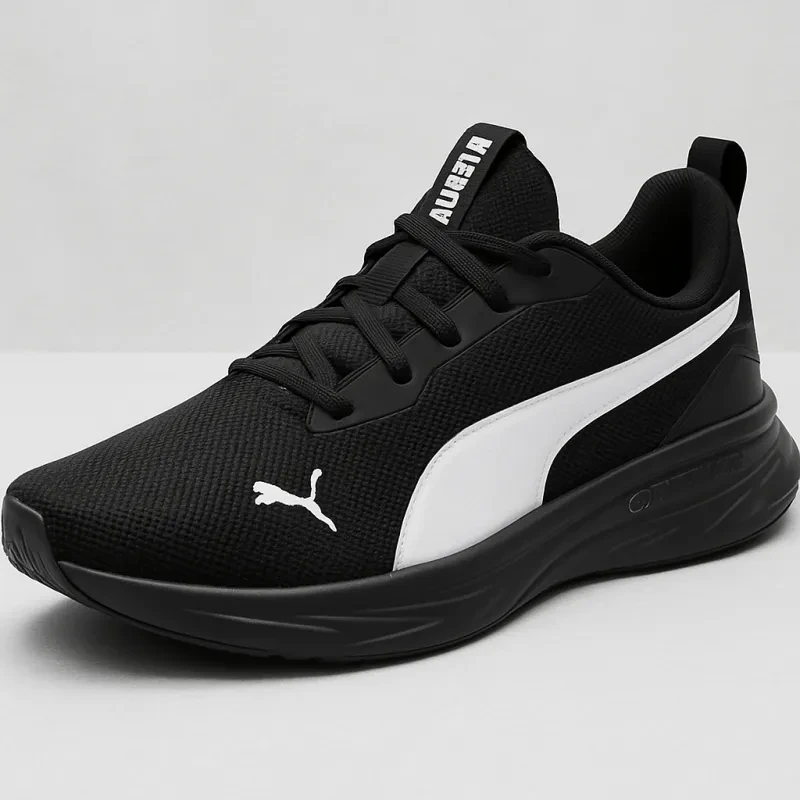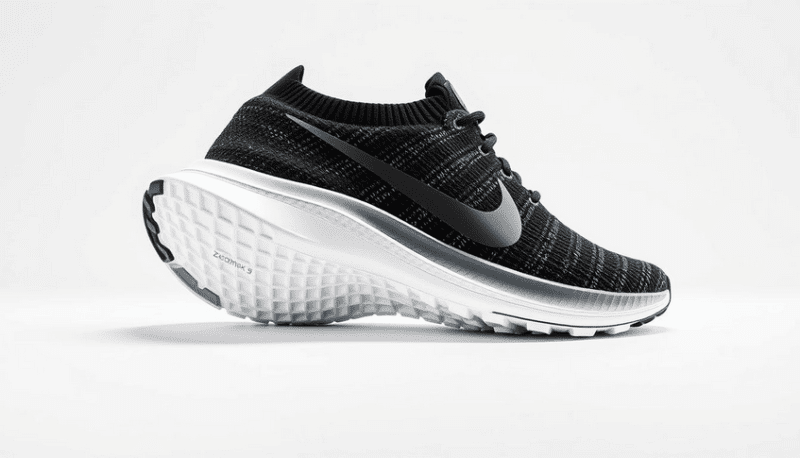-
Introduction:
-
Hook:
- Start with a captivating introduction that highlights the excitement and sense of accomplishment associated with completing a 10K race. Share an inspiring anecdote about a famous 10K race or a motivational story of a runner who achieved their goal.
- Example: “Imagine crossing the finish line of your first 10K race, the crowd cheering, and the sense of achievement washing over you. Whether aiming to complete your first race or achieve a personal best, the journey to the 10K is filled with numerous benefits and unforgettable moments.”
-
Purpose:
- Explain the guide's goal of providing comprehensive support for runners of all levels. Emphasize that the guide will help beginners prepare for their first race and assist experienced runners in enhancing their performance.
- Example: “This ultimate guide is designed to help runners of all abilities prepare for a 10K race. From understanding the basics to detailed training plans and expert tips, this guide covers everything you need to know.”
-
Overview:
- Briefly summarize the key topics covered in the guide, including training plans, nutrition, injury prevention, and race day strategies.
- Example: “We’ll cover essential training components, nutrition advice, injury prevention techniques, and tips to ensure a successful race day experience.”

Section 1: Understanding the 10K Race
-
What is a 10K?:
- Define a 10K race as a 10-kilometer (6.2-mile) running event, and explain why it’s a popular race distance among runners.
- Example: “A 10K race is a 10-kilometer or 6.2-mile run that challenges both beginners and experienced runners. It’s a favorite because it’s long enough to be a significant achievement but manageable with dedicated training.”
-
Benefits of Running a 10K:
- Discuss the physical benefits, such as improved cardiovascular health, better weight management, and increased muscle strength.
- Mention mental health benefits, including stress reduction, enhanced mood, and greater mental toughness.
- Highlight social benefits, like being part of a running community, participating in charity runs, and the camaraderie of race events.
- Example: “Running a 10K offers numerous benefits, including improved cardiovascular fitness, better mental health, and the opportunity to be part of a vibrant running community. It’s a great way to stay motivated and connected with others.”
Section 2: Preparing to Train
-
Setting Goals:
- Explain the importance of setting realistic goals based on one’s fitness level. Introduce the concept of SMART goals (Specific, Measurable, Achievable, Relevant, Time-bound) and provide examples related to 10K training.
- Example: “Setting clear and achievable goals is crucial for successful training. Use the SMART criteria to set specific, measurable, achievable, relevant, and time-bound goals. For instance, aim to run your first 10K in under an hour within 12 weeks.”
-
Health Check:
- Emphasize the importance of consulting a healthcare provider before starting a new training program to ensure it’s safe to proceed.
- Discuss potential health limitations and how to address them.
- Mention the benefits of getting a baseline fitness assessment to track progress.
- Example: “Before beginning your training, it’s essential to consult a healthcare provider to ensure you’re ready for the physical demands of running a 10K. Address any health concerns and consider getting a fitness assessment to understand your starting point.”
Section 3: Creating a Training Plan
-
Training Plan Basics:
- Outline the typical duration of a 10K training plan (8-12 weeks), emphasizing the importance of gradual progression.
- Explain key components such as endurance runs, speed work, and rest days.
- Example: “A solid 10K training plan typically spans 8-12 weeks, allowing for gradual progression. It should include endurance runs to build stamina, speed work to increase pace, and rest days for recovery.”
-
Sample Training Plans:
- Beginner Plan:
- Detail a gradual build-up of distance and intensity, focusing on consistency and injury prevention. Provide a sample week of training.
- Example: “For beginners, start with short runs and gradually increase your distance. A sample week might include three short runs, a longer run, and two rest days.”
- Intermediate Plan:
- Incorporate speed work and hill training to improve pace and endurance. Provide a sample week of training.
- Example: “Intermediate runners should include speed work and hill training. A sample week could feature interval training, a tempo run, a long run, and two rest days.”
- Advanced Plan:
- Include high-intensity interval training (HIIT) and long runs, focusing on breaking personal records. Provide a sample week of training.
- Example: “Advanced runners can benefit from high-intensity intervals and long runs. A sample week might include HIIT sessions, a tempo run, a long run, and one rest day.”
- Beginner Plan:
Section 4: Key Training Components
-
Endurance Training:
- Explain the importance of building aerobic capacity through long runs. Describe different types of endurance runs (steady-state and progression runs) and provide tips for increasing mileage.
- Example: “Endurance training is key to building aerobic capacity. Incorporate steady-state runs and progression runs, gradually increasing your mileage to improve stamina.”
-
Speed Work:
- Discuss the benefits of interval training and tempo runs for improving speed and performance. Provide examples of speed workouts and explain how to incorporate them into a training plan.
- Example: “Speed work helps improve your pace. Try interval training, where you alternate between fast and slow running, and tempo runs, where you maintain a challenging but sustainable pace.”
-
Strength Training:
- Highlight the role of strength training in improving running efficiency and preventing injuries. List essential exercises for runners, such as squats, lunges, and core exercises. Provide a sample strength training routine.
- Example: “Strength training enhances running efficiency and prevents injuries. Focus on exercises like squats, lunges, and core workouts. Aim for two strength sessions per week.”
-
Flexibility and Mobility:
- Explain the importance of flexibility and mobility for runners. Describe beneficial dynamic and static stretches and provide a sample stretching routine.
- Example: “Flexibility and mobility are crucial for preventing injuries. Incorporate dynamic stretches before runs and static stretches afterward. A sample routine might include leg swings, hip circles, and hamstring stretches.”
Section 5: Nutrition and Hydration
-
Pre-Run Nutrition:
- Discuss what to eat before training runs and on race day, providing examples of balanced meals and snacks. Talk about the timing of meals relative to running.
- Example: “Fuel your body with balanced meals before runs. Aim to eat 2-3 hours before running, including carbs, protein, and healthy fats. For example, oatmeal with fruit or a banana with peanut butter.”
-
During Training:
- Explain the importance of staying hydrated during runs and discuss different hydration strategies and products (water, sports drinks). Provide tips for fueling during long runs, including energy gels and bars.
- Example: “Hydration is key during training. Drink water regularly and consider sports drinks for longer runs. Fuel with energy gels or bars if running over an hour.”
-
Post-Run Recovery:
- Highlight the importance of post-run nutrition for recovery. Provide examples of recovery foods and drinks and discuss the timing of post-run meals and snacks.
- Example: “Post-run nutrition aids recovery. Eat a meal or snack within 30 minutes of running, focusing on carbs and protein. Examples include a smoothie with protein powder or a turkey sandwich.”
Section 6: Injury Prevention and Recovery
-
Common Running Injuries:
- Provide an overview of common running injuries (shin splints, IT band syndrome, plantar fasciitis). Describe the signs and symptoms of each injury and discuss how to recognize and address these injuries early.
- Example: “Common running injuries include shin splints, IT band syndrome, and plantar fasciitis. Recognize symptoms like pain or swelling early and address them promptly to prevent further damage.”
-
Prevention Strategies:
- Emphasize the importance of a proper warm-up and cool-down routine. Discuss the role of good running shoes and gear in preventing injuries. Provide tips for cross-training and rest to avoid overuse injuries.
- Example: “Prevent injuries with a proper warm-up and cool-down. Invest in quality running shoes and gear. Include cross-training and rest days to avoid overuse injuries.”
-
Recovery Techniques:
- Discuss the importance of rest and active recovery days. Introduce recovery tools such as foam rolling, massage, and compression gear. Provide tips for incorporating recovery techniques into a training plan.
- Example: “Recovery is essential for preventing injuries. Incorporate rest and active recovery days. Use tools like foam rollers and compression gear to aid recovery.”
Section 7: Mental Preparation
-
Mental Toughness:
- Discuss strategies for building mental resilience, such as setting small milestones and celebrating progress. Provide motivation techniques, like running with a buddy or joining a running group.
- Example: “Build mental toughness by setting small milestones and celebrating progress. Stay motivated by running with a buddy or joining a running group.”
-
Race Day Mindset:
- Explain the benefits of visualization and positive self-talk. Provide tips for managing pre-race nerves and anxiety and discuss staying focused and maintaining a positive mindset during the race.
- Example: “Maintain a positive race day mindset with visualization and positive self-talk. Manage pre-race nerves with deep breathing and stay focused during the race by setting small goals.”
Section 8: Race Day Tips
-
Pre-Race Preparation:
- Provide a checklist of essential items to bring on race day (running gear, hydration, snacks). Discuss the importance of a good night’s sleep and a proper pre-race meal. Offer tips for planning logistics, such as travel to the race and arrival time.
- Example: “Prepare for race day with a checklist of essentials like running gear and hydration. Get a good night’s sleep and eat a balanced pre-race meal. Plan your travel and arrive early to avoid stress.”
-
During the Race:
- Share pacing strategies to avoid starting too fast. Provide tips for staying focused and maintaining energy throughout the race and discuss how to handle common challenges, such as hitting the wall or dealing with weather conditions.
- Example: “During the race, start at a manageable pace to avoid burnout. Stay focused and maintain energy by setting small goals. Prepare for challenges like hitting the wall by staying hydrated and positive.”
-
Post-Race Recovery:
- Discuss immediate post-race actions, such as cooling down and hydrating. Provide tips for long-term recovery, including rest, gentle stretching, and nutrition. Encourage reflection on the race experience and setting new goals.
- Example: “After the race, cool down and hydrate immediately. Focus on long-term recovery with rest, gentle stretching, and balanced nutrition. Reflect on your race experience and set new goals.”
Essential Gear and Equipment
Nutrition Tips for Peak Performance
Proper nutrition is crucial when training for a 10K race. Here are some tips to help you fuel your body for peak performance:
1. Hydrate, hydrate, hydrate: Staying hydrated is essential for optimal performance. Drink plenty of water throughout the day, especially before and after your training runs. Dehydration can negatively impact your performance, so be sure to drink enough water to stay properly hydrated.
2. Fuel up with carbohydrates: Carbohydrates are your body's main energy source, especially during endurance activities like a 10K race. Incorporate complex carbohydrates, such as whole grains, fruits, and vegetables, into your diet to ensure you have enough energy to power through your runs.
3. Remember protein: Protein is essential for muscle repair and recovery. Include lean sources of protein such as chicken, fish, beans, and tofu in your diet to help your muscles recover and grow stronger after your training runs.
Staying Motivated and Preventing Injury
One of the most important aspects of training for a 10K race is staying motivated throughout your journey. It can be easy to lose momentum and skip workouts, but setting small, achievable goals for yourself can help keep you on track. Whether it's aiming to run a certain distance without stopping or beating your previous time, having goals in mind will give you something to work towards and help you stay motivated.
Another key factor in successful 10K training is preventing injury. Running puts a lot of stress on your body, so it's important to listen to your body and not push yourself too hard. Make sure to incorporate rest days into your training schedule to allow your muscles to recover. It's also crucial to warm up properly before each run and cool down afterward to help prevent muscle strains and other injuries.
In addition to rest and recovery, cross-training can also help prevent injury during 10K training. Incorporating activities such as swimming, cycling, or yoga into your routine can help strengthen different muscle groups and prevent overuse injuries. Remember that consistency is key when training for a 10K race, so take care of your body and listen to its signals to stay healthy and injury-free.
The advice given on this website does not constitute or replaces medical advice.
Please consult with a doctor before starting any exercise or nutrition plan.
DISCLAIMER
This document is provided for general information purposes only and should not be relied upon as providing legal advice, technical, or specific operational guidance to the reader, whether as to the practices described in the document or the applicable legal requirements and regulations. SAVE ON SNEAKS expressly disclaims any responsibility for liability arising from or related to the use or misuse of any information in this document.



